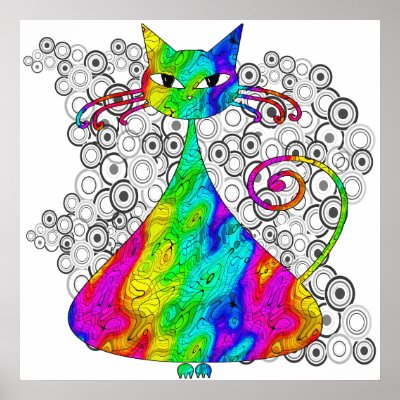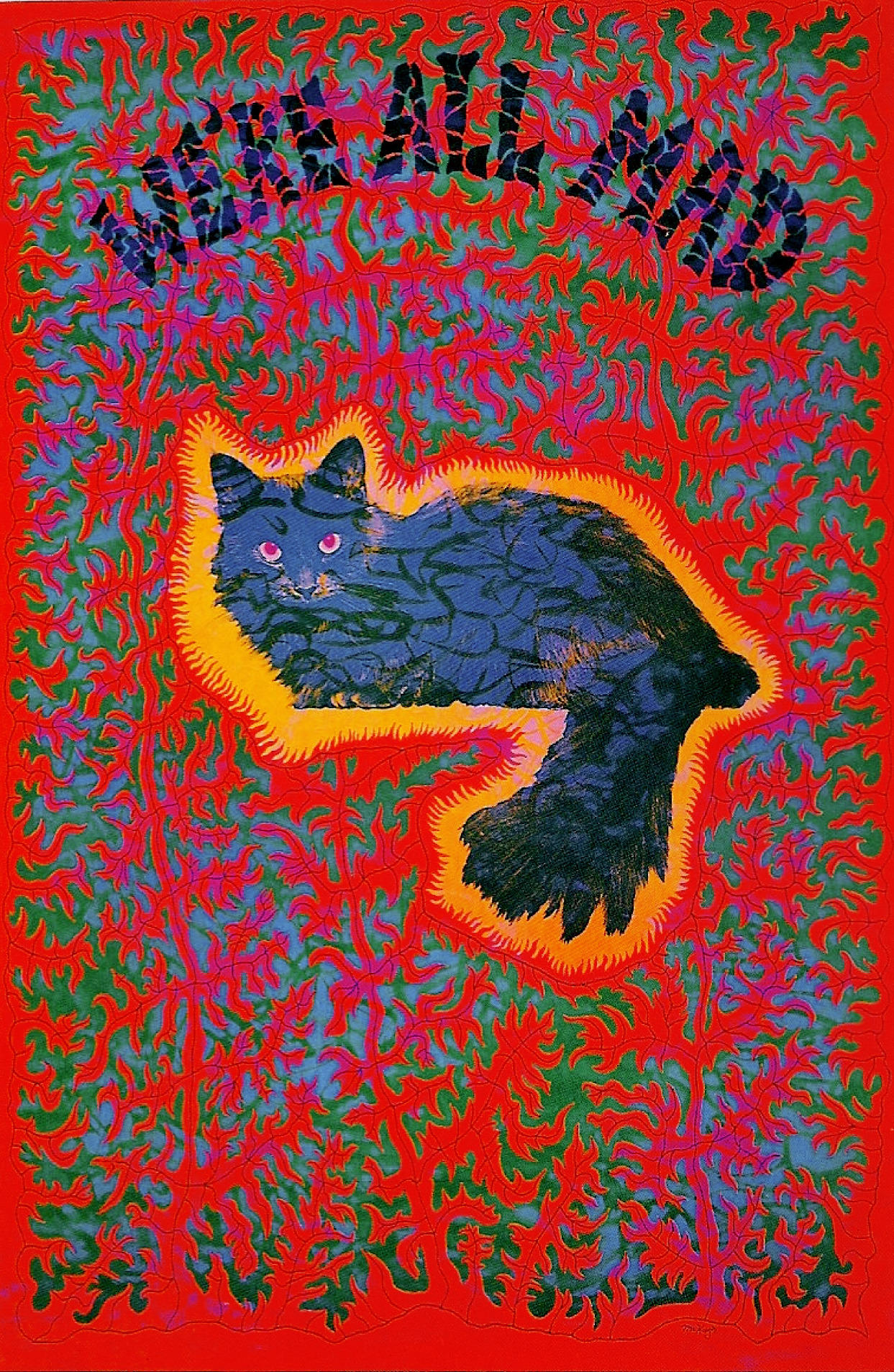AGGREGATION (The) - Mind Odyssey, 1967 (psych-jazz-rock, Los Angeles, CA., USA) (LHI 12008)
 |
This group of talented and diverse musicians played Disneyland in the late '60s and was picked up for this one excellent Concept album by Lee Hazlewood on his LHI label in 1968. Unusual and atmospheric early art-rock/psych item based on an acid trip amusement park concept from classically trained band who held a residency at Disneyland ! This LP could be seen as a precursor to those extraordinary 1970s private press artefacts, and reveals its classiness and coherence over time. Worth investigating !
Personnel :
LeWayne Braun - guitar, vocals
Dale Burt - organ, piano, vocals
Bayard Gregory - drums, timpani, bongos, tambourine, vocals
Richard Jones - rhythm guitar, vocals
Leo Potts - flute, clarinet, saxophone, recorder, kazoo, vocal
Bill Sissoev - bass, trombone, vocals
Lemoyne Taylor - flute, clarinet, saxophone, recorder, slide whistle, vocals Dale Burt - organ, piano, vocals
Bayard Gregory - drums, timpani, bongos, tambourine, vocals
Richard Jones - rhythm guitar, vocals
Leo Potts - flute, clarinet, saxophone, recorder, kazoo, vocal
Bill Sissoev - bass, trombone, vocals
Tracklisting :
A1. The Lady at the Gate 4:45
A2. Looking for the Tour Guide 2:13
A3. The Long Windy Tunnel 6:15
A4. Flying Free 3:05
A5. White Light 2:00
B1. In the Garden 3:05
B2. Reflections 2:55
B3. The City of Toys and Games 3:23
B4. Change 2:50
B5. Life's Light 6:00
LINK (no pass)











